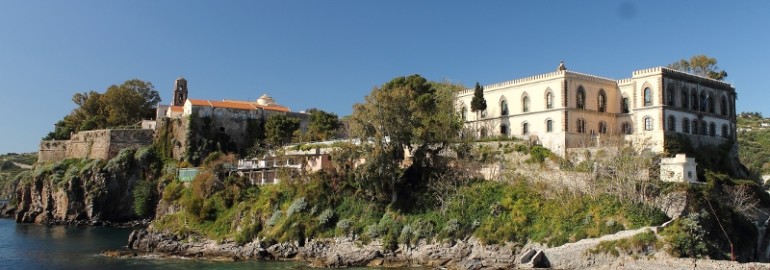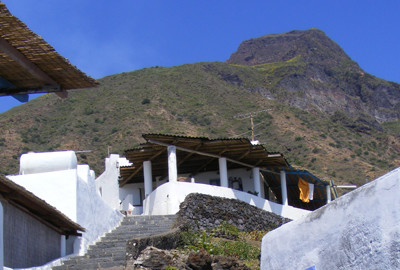Thermal muds The natural lake of warm muds is the perfect result of the balance between the intervention of man, and nature. The artificial human intervention has not changed anything of an already existing natural heritage; on the contrary, works of removal of the soil’s crust, did in the 60s of the twentieth century to create a volcanic lake , permitted a man to better overwork the properties of the place, without artificially changing its original qualities. The volcanic lake has emissions of water from lower slope with a presence of vapours of sulphur, anhydrite, metal saults, and natural radioactivity….
Thermal muds Vulcano






Follow Us!